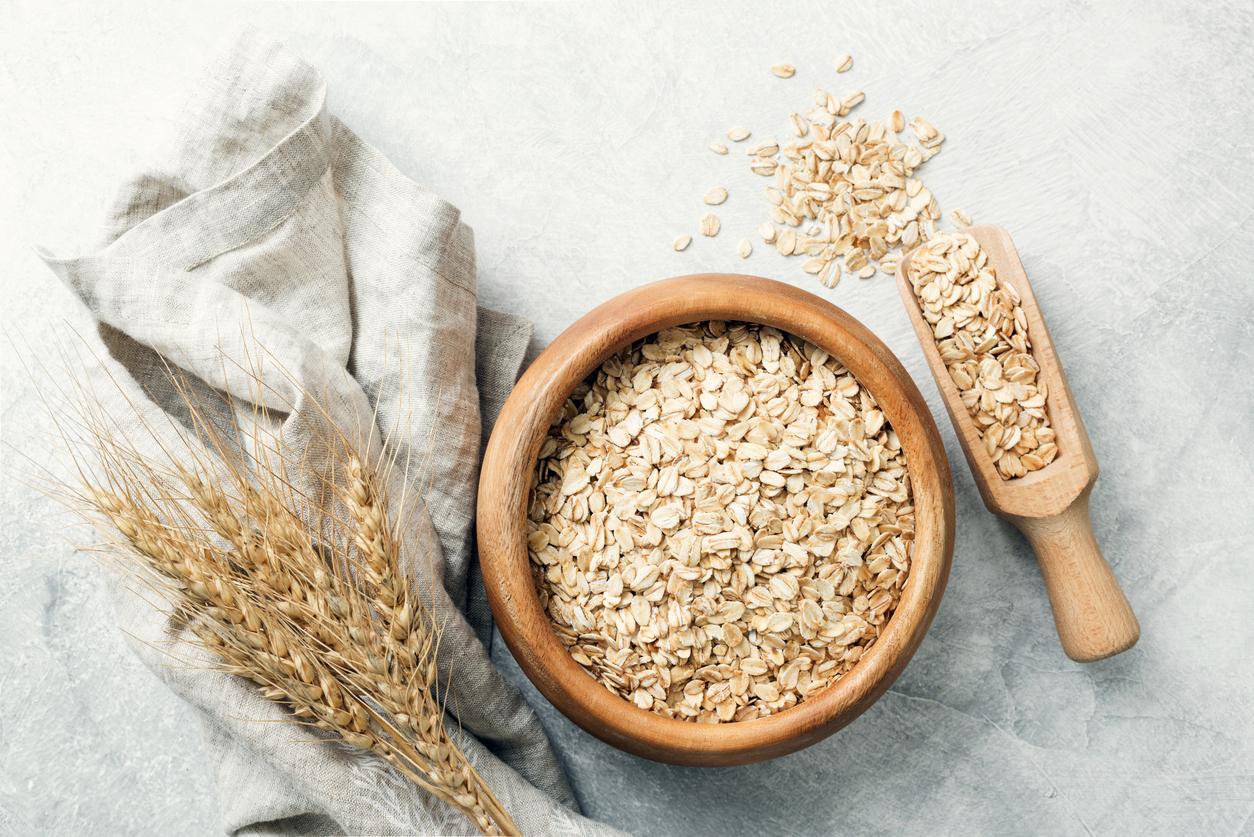Once used by the Aztecs and Mayans to treat disorders associated with diabetes, nopal (prickly pear) is prized today for its effects on weight loss. Among the benefits of nopal that attract attention, we note its effects to calm hunger and burn fat.
IDENTITY RECORD
Name: Nopal, prickly pear
Scientific name : Opuntia ficus indica
Botanical family: Cactaceae
Parts used: rackets, seeds, figs
Indications: appetite suppressant, fat burner, diarrhea, aging
Preparation: oil, powder, essential oil, capsule
the Nopal (or prickly pear) is a cactus native to Mexico that was used for its medicinal properties by the Aztecs and Mayans. The prickly pear is the fruit.
Although the fruit is excellent, it is the rackets, the wide and flat parts of the nopal, that we are interested in. The nopal racket powder would slow down the absorption of lipids contained in the stomach in the body.
The absorbent power of mucilage
Traditionally used to treat liver, gastrointestinal and diabetes disorders, Nopal is especially popular today for its slimming properties because it helps to lose weight via supplements intended to save hunger and capture fats.
In herbal medicine, snowshoes are stripped of their quills and prepared as a powder, extract, or mother tincture.
Nopal has a high content of soluble fiber and mucilage, a substance that allows plants to retain the water they absorb. Like a sponge, the mucilage swells on contact with water and takes on a rather thick consistency, a little viscous, which can resemble gelatin.
This super cactus also contains several minerals and trace elements (calcium, iron, magnesium, manganese, potassium, zinc…), vitamins (especially C in good quantity), polyphenols, polyunsaturated fatty acids and amino acids.
A double appetite suppressant and fat trap
Rich in mucilaginous fibers, the nopal has the double property of capture fat and store water essential to its survival. Very useful when pushing in the desert! Scientific laboratories have therefore naturally sought to use these absorbent fibers to make them swell in the stomach and thus trigger faster satiety.
Nopal regulates the level of sugar and fat in the body. His fiber complex a particular good would bind to dietary fats, reducing their intestinal absorption and increasing their natural elimination.
To verify the benefits of nopal, a study found interesting results in subjects with metabolic syndrome. This is characterized by the coexistence of several health disorders of lipid, carbohydrate or vascular origin associated with excess weight.
The study participants were women, aged 20 to 55, suffering from this syndrome. These volunteers divided into two groups followed a diet over a period of six weeks. The meals were balanced with a controlled lipid intake.
A supplement of nopal (1.6 g per meal) was added for one group. At the end of the study, 39% of the group who received the supplement compared to 8% for the group who contented themselves with the diet, were no longer diagnosed with metabolic syndrome!
Other research on obese rats goes further and suggests that nopal has beneficial effects on intestinal flora and an antioxidant and anti-inflammatory effect which would also participate in weight loss.
The ability of nopal to act on the sugar level allows it to fight effectively against type 2 diabetes without adverse effects. Its mucilages, which take volume in the stomach, make it a appetite suppressant particularly effective.
The nopal undeniably gives a valuable boost to all those who wish losing weight and limit the associated health risks.
Two other benefits of nopal
The prickly pear has become a full-fledged food source. Its culture is gradually gaining ground. Consumption reaches 6.4 kg per year per capita in Mexico and Brazil has at least 500,000 hectares of cactus plantations, mainly for fodder. The plant is also cultivated in North Africa and Ethiopia.
The benefits of nopal do not end there: it has the ability to store water in its branches. This makes it a well capable of supplying up to 180 tonnes of water per hectare, enough to water five cows in a drought.
In addition, the cactus optimizes soil quality, promotes barley plantations and could even, according to studies, help to limit greenhouse gas emissions by reducing the methanogenesis of the cattle which consume it.
On the other hand, the plant does not tolerate frost, which can cause irreversible damage, nor high temperatures above 30 degrees.
















